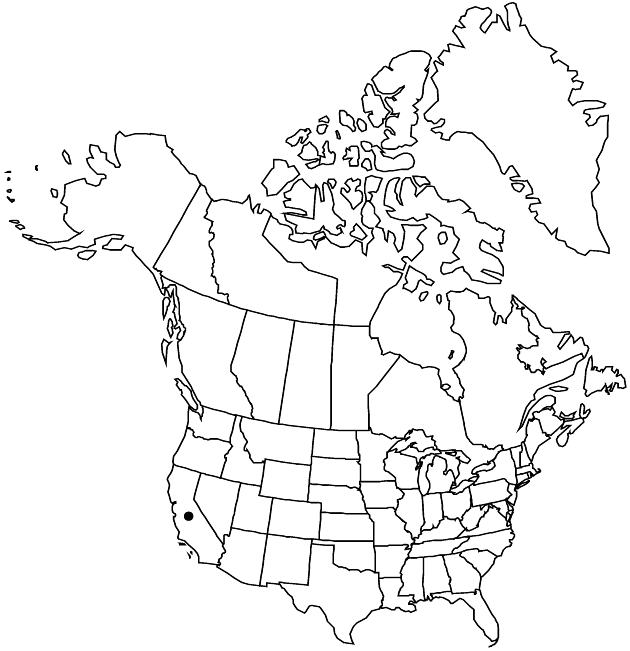Sonchus tenerrimus
Sp. Pl. 2: 794. 1753.
Annual, biennials, or perennials, 10–80 cm. Stem bases soft to hard, herbaceous, often hollow. Leaves: blades of mid cauline oblong, 3–20 × 2–6 cm, bases auriculate, auricles ovate to lanceolate or linear, ± straight, obtuse to acute, margins usually pinnately lobed, lobes ± rhombic to lanceolate (constricted at bases) or ± linear, terminals ± equaling laterals, entire or dentate. Peduncles usually setose- to stipitate-glandular, often tomentose as well, sometimes glabrous. Involucres 10–12+ mm. Phyllaries usually setose- to stipitate-glandular, sometimes tomentose as well. Corollas: ligules longer than tubes. Cypselae reddish brown, oblanceoloid, 2.5–3.5 mm, ribs 1–3 on each face, faces transversely rugulose or tuberculate across and between ribs; pappi 5–8 mm. 2n = 14.
Phenology: Flowering Mar–Jun.
Habitat: Disturbed sites, often on ballast
Elevation: 0–200 m
Distribution

Introduced; Calif., s Europe, w Asia, n Africa.
Discussion
Sonchus tenerrimus was known historically on ballast from Alabama, Pennsylvania (Philadelphia), New Jersey, New York, and, possibly, Quebec.
Selected References
None.